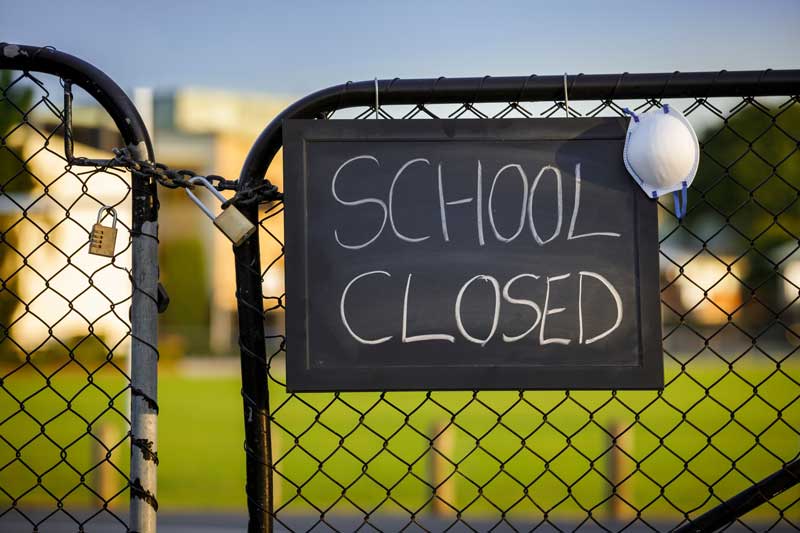Colleges and universities spend a lot of time thinking about data and how it can help them thrive. One of the ways they might be more reluctant to think about their data is how it can be affected if they ever had to close their doors.
The College of Saint Rose is the most recent example. The Roman Catholic institution in New York announced in December that it will close its doors after the spring 2024 term. The decision came after an acquisition attempt where Saint Rose could not find another institution willing to take it over. And it comes after years of using data to try to stay afloat. Here’s how data and analytics could factor into these situations and what might happen next with data when a school is forced to make the hardest decisions.
A bleak outlook
College closures, mergers, or acquisitions have happened enough over the past several years that it’s safe to call it a trend. The reasons for the changes can vary, but there are common denominators that can be found in each instance. From financial problems to years of declining enrollments, the answers can usually be found in data that accumulates over a period of time.
Analysis indicates that it isn’t a trend that’s likely to turn around soon. Fitch Ratings issued a deteriorating outlook for U.S. colleges and universities in 2024, citing increased operating costs that will not be offset by limited tuition increases. Institutions will also be facing competition from a strong labor market, and enrollment has yet to turn around to healthy levels.

Data’s role
The most successful institutions are the ones that have been able to prepare for instances such as this. They have the ability to use the data available to them to make decisions that keep them healthy while other institutions might suffer. That doesn’t mean the data is a cure-all. Some colleges, like Saint Rose, might use the data to take steps that only postpone the inevitable.
Those steps could involve layoffs, the elimination of academic or athletic programs, and taking steps to implement new recruitment initiatives and strategies. Whether a school is closing or merging, there are certain steps it should be taking to make sure that its data is not lost or handled carelessly. These safeguards are just a small part of the work IT departments must consider.

Importance of the right analytics solution
There are many reasons organizations in any number of industries are working to modernize their IT structures. One big reason is flexibility. Especially in higher education, the many different departments spread out across campus can easily become many different sources of data without proper communication. It varies from place to place, but when individual departments grow over time, they tend to branch out in different directions when they manage their specific data.
The best analytics solutions for higher ed institutions are the ones that can pull the data from all of these different sources into one place. From there university-wide decisions can be made using all information from all corners of campus. When it comes to mergers, if a school is on the side where it is absorbing another university’s data, it can more easily do so with the kind of flexible solution that can work well with more than one type of system.
Another issue for higher ed IT departments is cybersecurity. A lot of the data handled by colleges and universities is sensitive. Some research institutions not only contain troves of student data, but also information that could be important to the government. That makes higher ed institutions targets for hackers, whether it is to steal data or hold it for ransom. The security risk is another factor to consider when schools close or when they merge. IT departments with the right approach and the right analytics solution can turn that situation from a security risk into an opportunity to increase their cybersecurity measures.
That’s one advantage for a smaller college that might see itself being taken over. While losing the opportunity to operate independently is certainly less than ideal, there are possible bright spots. One is that they were lucky enough to find a school to partner with rather than being forced to close their doors. But another is that the financial issues that smaller schools face could be preventing them from acquiring the kind of data solution they need. Through a merger a school could be putting itself in the position to make better academic decisions through data, all while also doing a better job of keeping its data safe.
Curious about how else analytics can help overcome challenges in higher ed? Check out our white paper—”How Analytics Can Help Navigate Education Trends.”
- Analyzing the Challenges of Pharmaceutical Supply Shortages - April 26, 2024
- Summer is an Opportunity for Digital Transformation in Education - April 17, 2024
- Your Car is Tracking More than Miles per Hour - April 11, 2024




